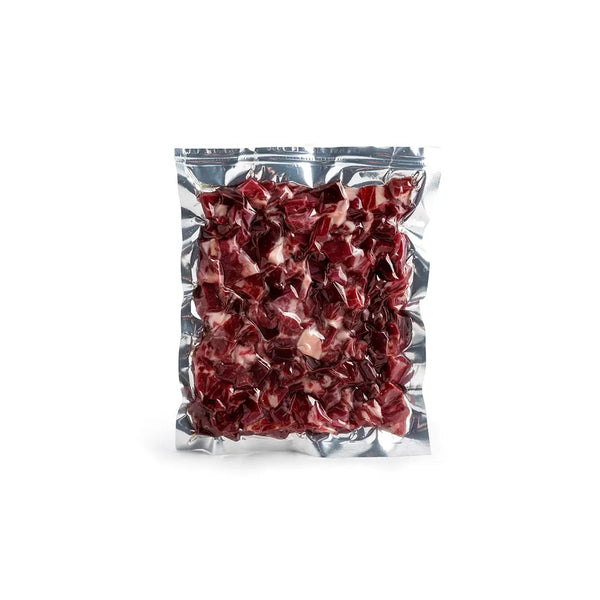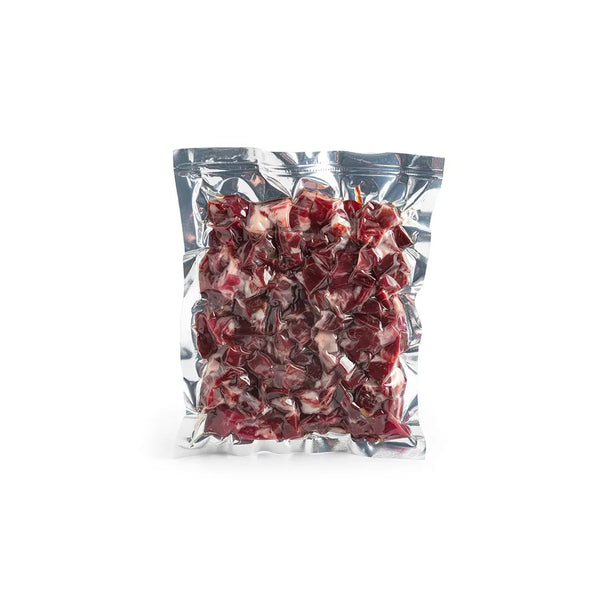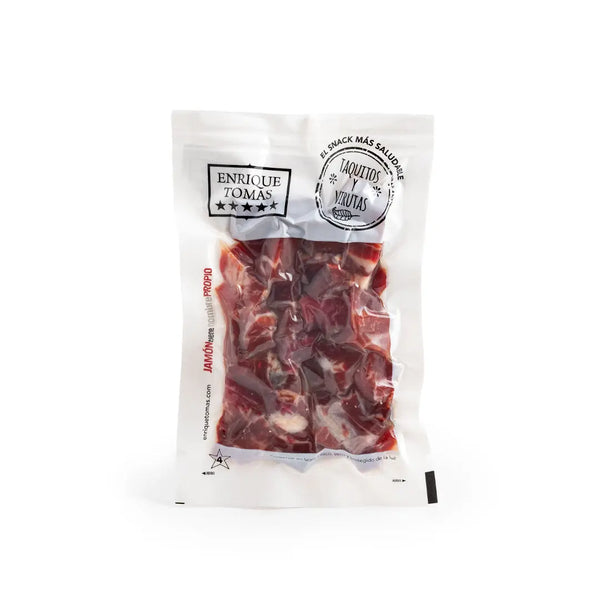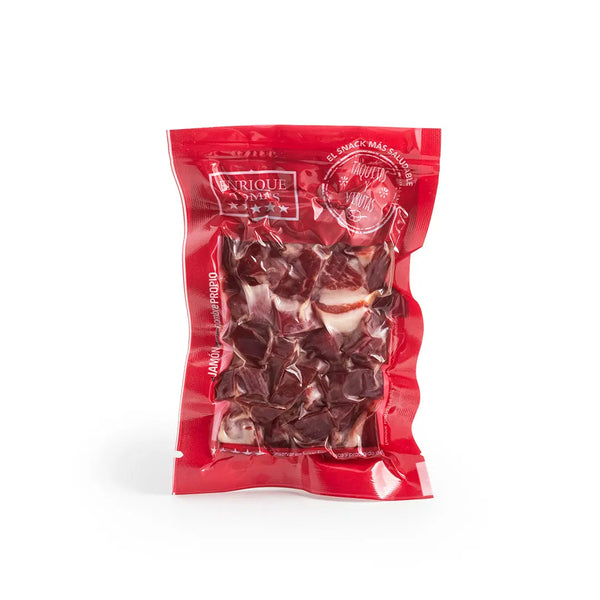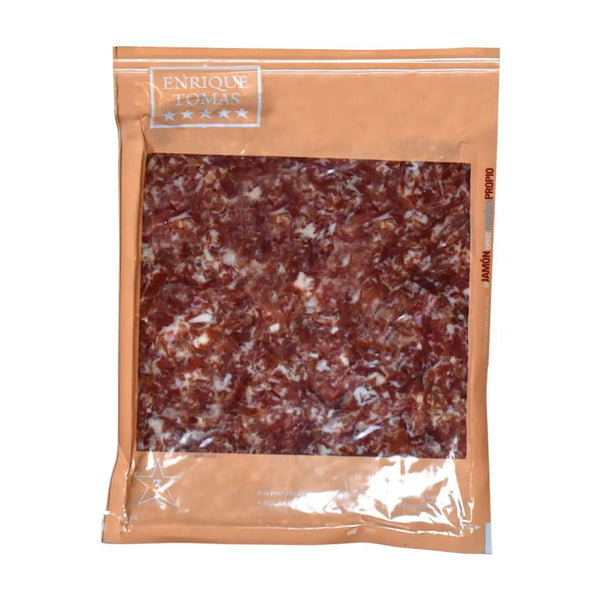
Does good jamón has to be expensive?
When it comes to buying ham, if you're not an expert in the field, several questions arise. Typically, if there's one thing you don't usually doubt, it's how much you want to spend, in other words, the budget. But of course, you're concerned that it's good and, of course, that you like it. At Enrique Tomás, we know that both of these things can go perfectly hand in hand, meaning good quality and an affordable price.
We answer your question: Does good ham have to be expensive? It's a myth! We explain why the best ham for you doesn't have to be the most expensive. The most important thing is that you like it and therefore, that you enjoy eating it, no matter the price you paid for it.
Why and When Do You Need Ham?
If you love ham, you don't need to be an expert to order it in our stores. You just need to know why you need it and when you plan to consume it. Once that's clear, and you also know your budget, that's it, you don't need more!
Buying for yourself is not the same as buying for a dinner with friends, for a romantic dinner, as a gift, or for your children's lunchbox. In other words, you have to consider how you'll use it—do you want it for everyday recipes or as the star of home tapas? Or perhaps to impress someone?
When you have all these answers clear, it becomes easier to choose. There are as many possibilities as formats—whole piece or sliced, cubes, shavings, slices, boneless... and of course, a wide range of prices and types of ham.
We recommend you check out our blog post:
 The Culinary Uses of Ham
The Culinary Uses of Ham
Key Factors for Choosing Good Ham Based on Your Preferences
Types of Ham
Does good ham have to be expensive? Not necessarily—it just has to be the one you like the most. That's why we'll explain the types of ham based on their origin, diet, and curing time. In the world of ham, these factors determine their "qualities" and prices, but as the saying goes, "to each their own," which means that the one classified as the highest quality doesn't necessarily have to be the flavor that you're most passionate about.
Let's get into it!
- Gran Reserva Ham: This ham comes from white pigs and is commonly known as serrano ham. With a delicious flavor, it's considered the first level of quality for ham. In the curing process, we retain enough fat for the ham to cure for 18 months, surpassing the curing time of other serrano hams on the market.
- Iberian Diet Ham: This ham comes from Iberian pigs but, due to factors like genetics and weight, the breeder decides to raise them on a farm. There, they are fed with feed and grains. In this case, at Enrique Tomás, we cure it with salt for approximately 24 months.
- Iberian Field Diet Ham: In this case, Iberian pigs have lived on a farm but also had the freedom to graze in the fields, eating some herbs and wild fruits, which gives them certain qualities that make them better hams. Still, it's important to note that the basis of their diet comes from feed and grains. Their curing time is also around 24 months.
- 100% Iberian Acorn-fed Ham: Commonly known as "Pata Negra." This ham has gone through everything we explained in the previous point but fulfills a very important and specific requirement: it comes from a purebred Iberian pig, meaning both its parents are 100% Iberian. This is the only type that can be considered 100% Iberian, and as a result, it's the most cherished and expensive.
Ham or Shoulder?
Among all the types of ham, there's also ham and shoulder. To choose between these two formats, the first thing you should consider is that ham comes from the rear leg of the pig, while the shoulder comes from the front leg. This difference affects size, flavor, ease of slicing, and price.
Ham is larger than shoulder, and because of that, shoulder usually has a more intense flavor as its meat is closer to the bone. In terms of ease of slicing, ham is easier to handle due to the larger amount of meat and its anatomy.
And speaking of price, ham is more expensive than shoulder simply because it weighs more due to its larger size and contains more meat. More information at:
Whole Piece or Sliced?
Some differences to consider when choosing between a whole piece or sliced are:
- Consumption time: While the whole piece should be consumed within approximately 15 to 21 days, sliced ham can last up to 6 months or more in the refrigerator.
- Space: Depending on the space you have in the kitchen, one option may be more convenient than the other. Sliced packages hardly take up space, while the whole piece needs to be placed in a ham holder on any surface in your kitchen.
- Number of diners: The number of people in your household influences your choice of ham. To ensure the good condition of the ham piece, it should be sliced daily, as we mentioned. Sliced ham packages give you the freedom to consume them over a much longer period, without the need to eat ham every day. Still, keep in mind that the opened packages must be refrigerated, and if not consumed immediately, they should be stored in the refrigerator again and preferably consumed within the next 48 hours.
We're sharing all the advantages of the sliced format so you can choose the ideal format for you.
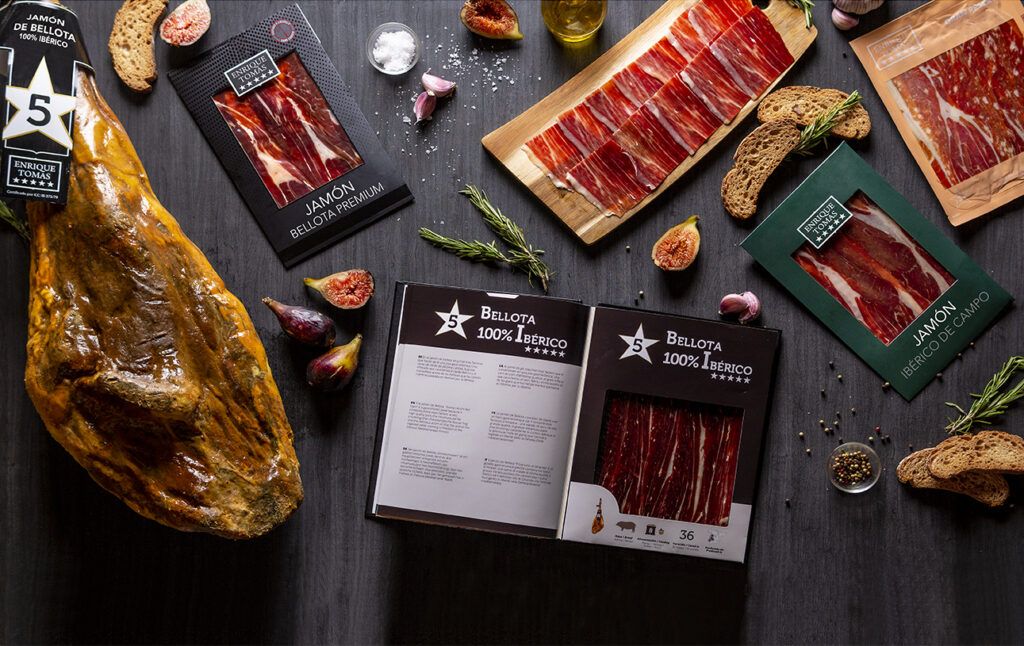
In Which Formats Can You Buy Ham
Does good ham have to be expensive? Now you know the answer! If you're clear about which ham suits you best, visit our online store and get it. In 48 hours, you'll have it at home, ready to enjoy!


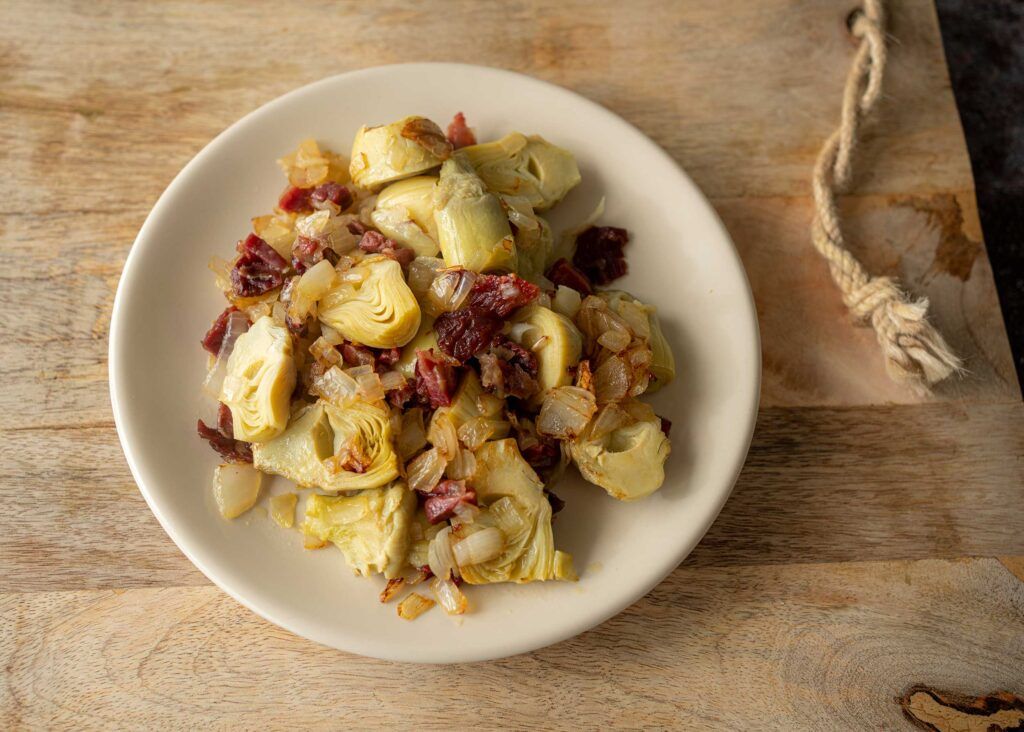
 Types of Ham
Types of Ham